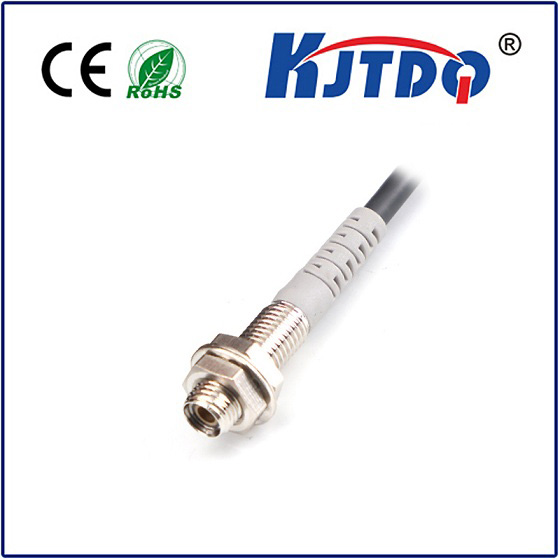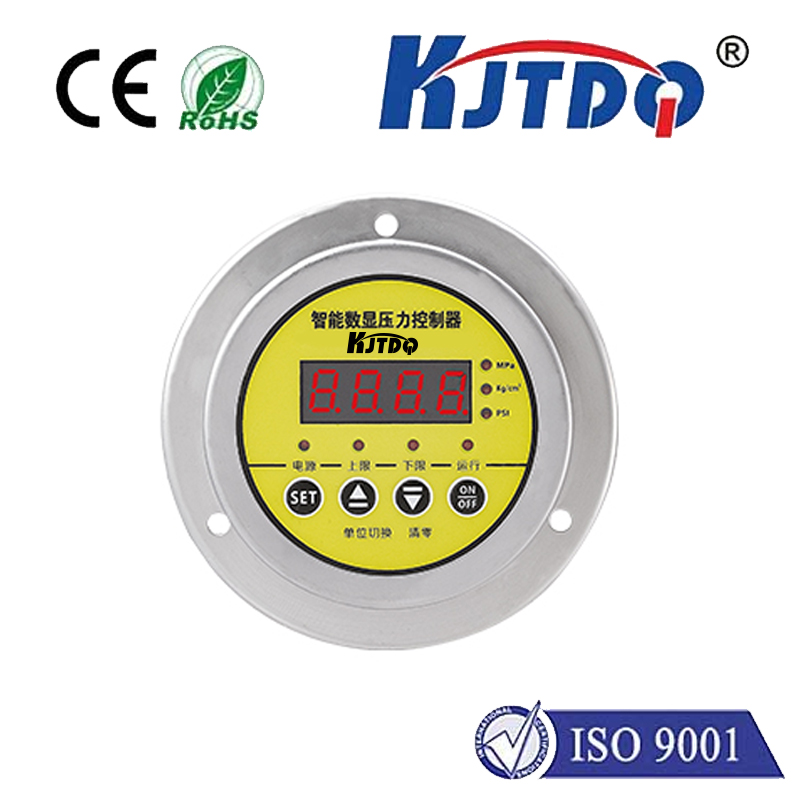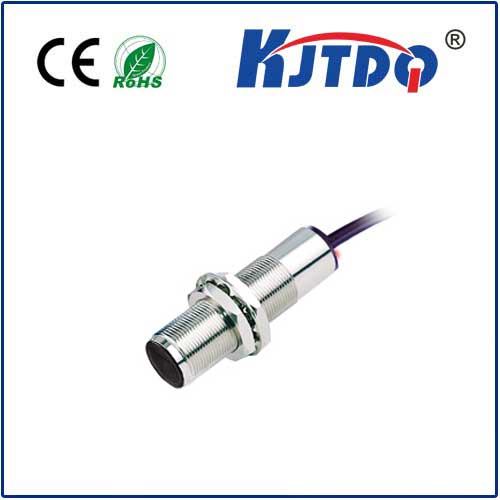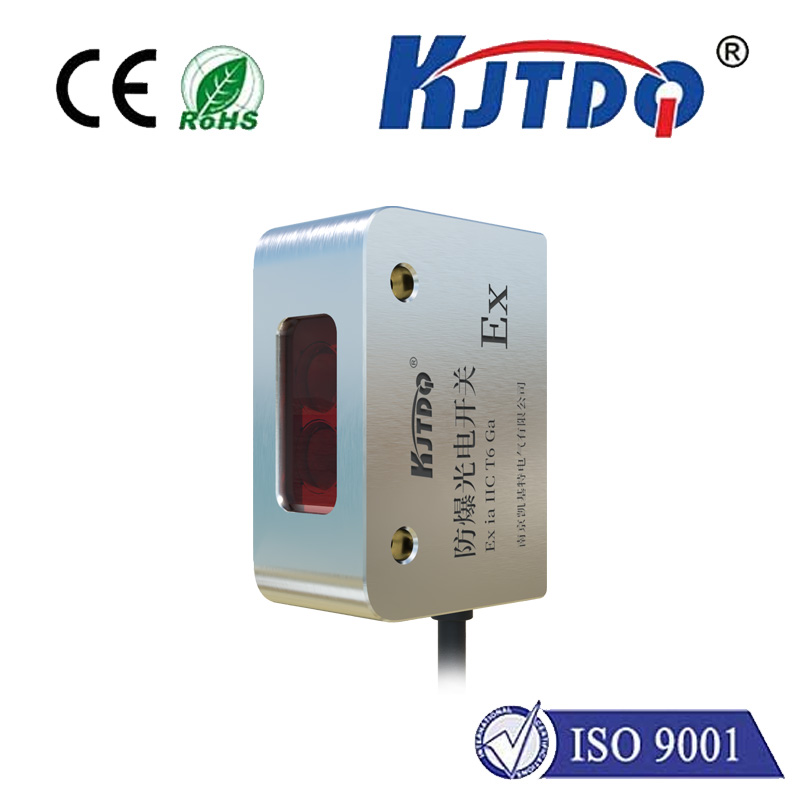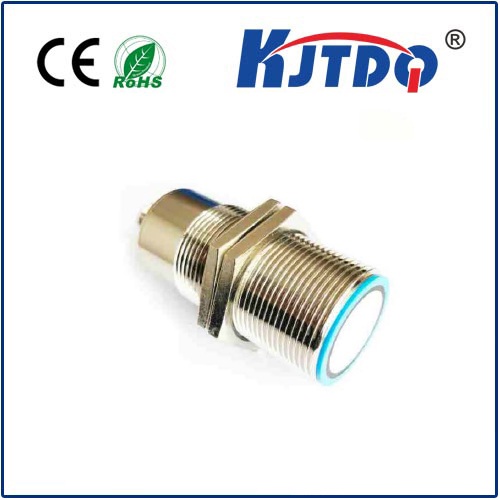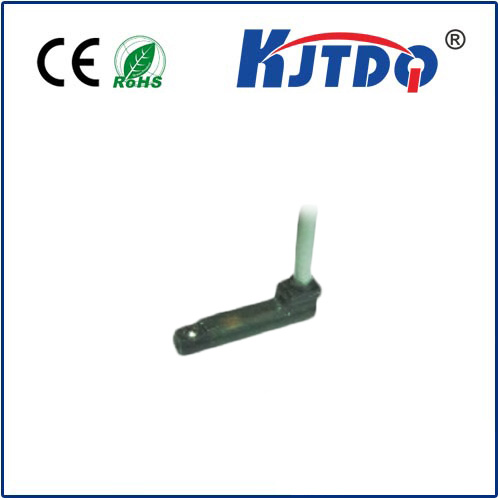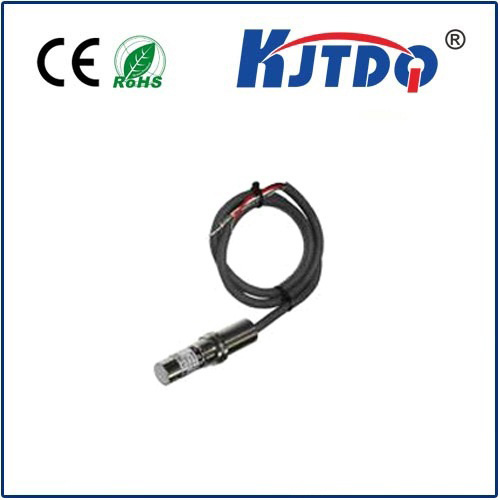PN7071 pressure sensor
- time:2025-09-23 02:57:14
- Click:0
The PN7071 Pressure Sensor: Precision Measurement for Demanding Applications
Imagine a critical piece of machinery vibrating slightly out of spec, a fluid flowing through a pipeline with unseen fluctuations, or the life-sustaining pressure within medical equipment needing constant vigilance. Hidden within these scenarios, often unnoticed yet absolutely vital, is the silent sentinel: the pressure sensor. Specifically, sensors like the PN7071 pressure sensor are engineered to excel where precision, durability, and reliability aren’t just desirable – they’re imperative. This robust transducer sits at the heart of countless industrial, medical, and commercial systems, transforming the invisible force of pressure into actionable data that drives efficiency, safety, and performance.
Why Precision Pressure Measurement Matters (and Where the PN7071 Fits)
Pressure is a fundamental physical parameter. Accurately monitoring it is crucial for:
- Process Control: Maintaining exact pressures in chemical reactions, food & beverage production, or semiconductor manufacturing ensures consistent product quality and yield.
- System Safety: Preventing over-pressurization in hydraulic systems, boilers, or gas lines is critical for protecting equipment and personnel.
- Equipment Health Monitoring: Detecting abnormal pressure drops or surges can signal leaks, blockages, or impending component failure, enabling preventative maintenance.
- Performance Optimization: In engines, HVAC systems, or aerospace applications, precise pressure data allows for fine-tuning to maximize efficiency and power output.
- Medical Diagnostics & Therapy: Accurate blood pressure monitoring, ventilator control, and dialysis machines depend entirely on reliable pressure sensing.
The challenge lies in finding a sensor that delivers consistent, high-fidelity readings consistently, often in harsh environments involving extreme temperatures, corrosive media, or significant vibration. This is the core competency of the PN7071 pressure sensor design.

Unpacking the PN7071: Core Technologies and Specifications
The PN7071 exemplifies modern pressure sensing technology built for demanding applications. Its performance hinges on several key attributes:
- Strain Gauge Technology: At its heart, the PN7071 typically utilizes bonded metal foil strain gauges configured in a Wheatstone bridge arrangement. When pressure deforms a sensing diaphragm, the strain gauges experience minute resistance changes, generating an electrical signal proportional to the applied pressure. This mature technology offers excellent linearity, stability, and robustness.
- Wide Pressure Ranges: The PN7071 series is versatile, available in various ranges to suit diverse needs, potentially spanning from lower pressures (e.g., 1 bar / 15 PSI) up to significantly high pressures (e.g., 600 bar / 8700 PSI or higher - always verify specific model specs). This flexibility makes it applicable across different industries.
- High Accuracy & Stability: Critical for control and diagnostics, PN7071 variants offer impressive accuracy, often specified within ±0.25% to ±0.5% Full Scale (FS) or better, depending on the specific model and calibration. Excellent long-term stability minimizes drift over time, reducing the need for frequent recalibration.
- Rugged Construction: Engineered for industrial environments, the PN7071 frequently features a robust, stainless steel housing (typically 17-4 PH SS or similar). This provides excellent resistance to corrosion, high pressure, and mechanical shock/vibration. Electrical connections are designed for secure and reliable mating.
- Media Compatibility: The wetted materials (diaphragm, seal) are carefully chosen (e.g., 316L SS diaphragm) to ensure compatibility with a wide range of media – oils, fuels, water, gases, and many mild chemicals. This avoids sensor degradation or contamination of the process fluid.
- Output Signal Options: To interface seamlessly with various control systems, the PN7071 commonly provides industry-standard analog outputs, such as ratiometric 0.5-4.5V (or 0.1-4.9V), 0-5V, 0-10V, or 4-20mA signals. Some variants might offer digital interfaces like I²C or SPI. Ratiometric outputs are particularly beneficial as they minimize errors caused by supply voltage fluctuations.
- Temperature Compensation: The sensor incorporates sophisticated on-board temperature compensation circuitry. This is vital for counteracting the inherent effect temperature changes have on the strain gauges and electronics, ensuring readings remain accurate across its specified operating temperature range (e.g., -40°C to +125°C).
Where the PN7071 Pressure Sensor Makes a Difference: Real-World Applications
The combination of precision, robustness, and versatility makes the PN7071 pressure sensor indispensable across numerous sectors:
- Industrial Hydraulics & Pneumatics: Monitoring and controlling pressure in pumps, cylinders, valves, accumulators, presses, and stamping machines. Its ruggedness handles high pressures and vibration common in these environments.
- HVAC/R Systems: Optimizing refrigerant pressures in chillers, heat pumps, and air conditioning units for maximum efficiency and proper system function. Durability ensures longevity despite temperature cycles.
- Process Industries: Precise pressure control in chemical processing, pharmaceutical manufacturing, water treatment plants, and oil & gas applications (e.g., wellhead monitoring, filter monitoring). Corrosion resistance and media compatibility are key here.
- Test & Measurement: Providing reliable pressure data for laboratory instruments, calibration benches, automotive testing rigs, and wind tunnels where accuracy is non-negotiable.
- Medical & Analytical Equipment: Used within diagnostic instruments, sterilization systems (autoclaves), dialysis machines, and gas delivery systems where patient safety depends on precise, stable readings. Compatibility with sterilization processes is often required.
- Mobile Machinery: Monitoring hydraulic systems in construction equipment, agricultural machinery, and material handling where shock, vibration, and wide temperature swings are routine.
- General Industrial Automation: Any application requiring reliable feedback for pressure control loops or monitoring system health.
Advantages Over Lower-Cost Alternatives
While numerous pressure sensors exist, the PN7071 pressure sensor offers distinct advantages justifying its position for critical applications:
- Superior Long-Term Stability & Accuracy: Lower-cost sensors often exhibit higher drift rates, requiring more frequent recalibration or replacement. The PN7071’s design prioritizes stability.
- Enhanced Durability: Its robust stainless steel construction withstands challenging industrial environments far better than sensors with plastic housings or less resilient internals.
- Proven Reliability: Leveraging well-established strain gauge technology built with high-quality materials results in consistent performance and reduced risk of field failures.
- Wide Operational Range: The ability to function accurately across a broad temperature spectrum and handle high pressures makes it adaptable to complex systems.
- Mitigating Signal Issues: Output options like ratiometric 0.5-4.5V and robust mounting designs help reduce measurement noise and errors caused by system electrical variations or vibration.
Integrating the PN7071 into Your System: Maximizing Performance
To leverage the full capabilities of the PN7071 pressure sensor, proper system integration is crucial:
- Model Selection: Carefully match the PN7071 variant to your specific needs: required pressure range, accuracy class, output signal type, electrical connector, and media compatibility. Consult detailed datasheets.
- Installation: Follow manufacturer guidelines regarding mounting orientation, torque specifications for port connections, and sealing (using appropriate sealants or O-rings). Improper installation can induce stress and affect accuracy. Mounting the sensor directly to vibrating surfaces is not recommended; use isolation mounts or hydraulic snubbers if necessary.
- Electrical Connections: Ensure clean, stable power supply and secure, shielded cabling to minimize electromagnetic interference (EMI). Pay






